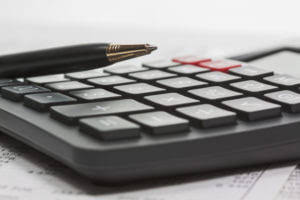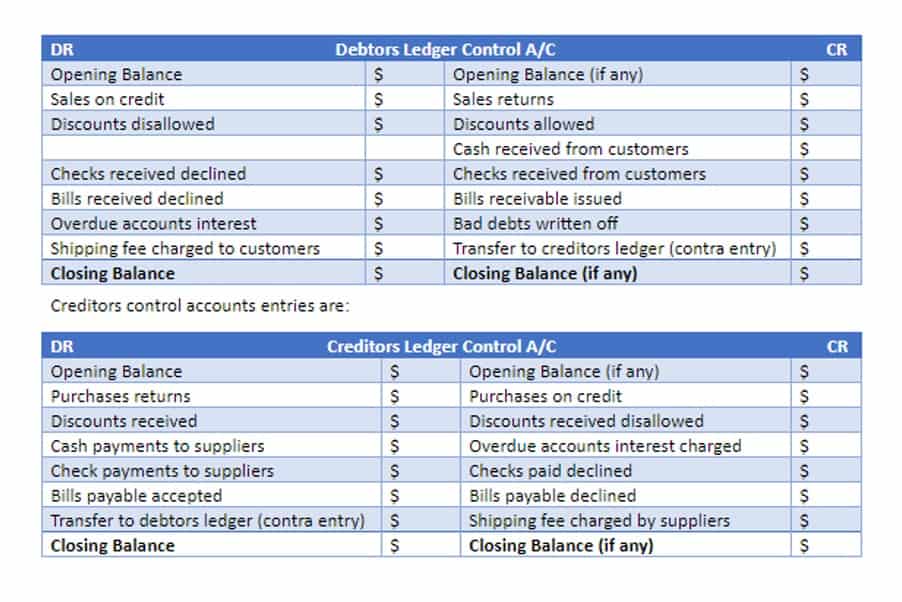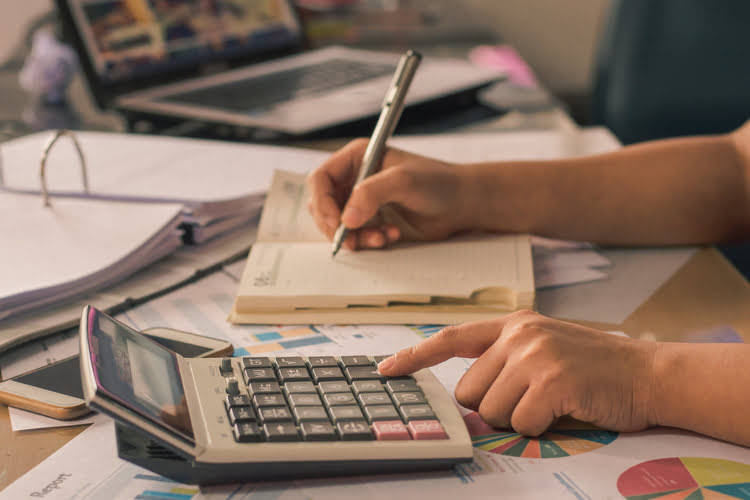Salvage Value A Complete Guide for Businesses

Tax laws, particularly in the U.S. and Europe, require accurate reporting of salvage values for depreciation and asset valuation. It can be calculated if we can determine the depreciation rate and the useful life. For tax purposes, the depreciation is calculated in the US by assuming the scrap value as zero. External factors like economic conditions and regulatory changes can also impact the salvage value.

Common Methods of Depreciation
By integrating financial data and automating calculations, Deskera ERP ensures accuracy and consistency in determining salvage values across various asset categories. For tax purposes, the IRS typically requires businesses to use the Modified Accelerated Cost Recovery System (MACRS) to calculate depreciation. Under salvage value is treated as: MACRS, salvage value is not explicitly considered, allowing businesses to maximize depreciation deductions and reduce taxable income in an asset’s early years.

Understanding Scrap Value: Formula and Depreciation Example

When a consumer leases a vehicle, the leasing company estimates the car’s residual value at the beginning of the lease. https://mark-langer.com/2023/03/23/easy-formula-steps-on-how-to-calculate-common-2/ Suppose a car is leased with an original cost of $30,000, and the residual value is set at 50% after a three-year lease term, which is $15,000. It’s the amount a company thinks it will get for something when it’s time to say goodbye to it. Companies use this value to figure out how much to subtract from the original cost of the thing when calculating its wear and tear.
What if the Salvage Value of any Asset is Zero?
The majority of companies assume the residual value of an asset at the end of its useful life is zero, which maximizes the depreciation expense (and tax benefits). The difference between the asset purchase price and the salvage (residual) value is the total depreciable amount. This way, the salvage value helps in determining the depreciation; which is an integral Bookkeeping for Startups part of accounting. So, total depreciation of $45,000 spread across 15 years of useful life gives annual depreciation of $3,000 per year.
- This forecast should consider market conditions, technological obsolescence (are there newer, better versions available?), and expected wear and tear.
- The value of the asset is recorded on a company’s balance sheet, while the depreciation expense is recorded on its income statement.
- For instance, using the straight-line method, the asset’s cost is evenly distributed over its useful life, resulting in a consistent depreciation expense each period.
- This approach benefits assets like technological equipment that lose value quickly, aligning higher depreciation with initial revenue-generating capacity.
- Cash flow statements are indirectly influenced by salvage value through depreciation adjustments in the operating activities section.
- This method assumes that the salvage value is a percentage of the asset’s original cost.
How Salvage Value Is Used in Depreciation Calculations

Depreciation is added back to net income when calculating cash flow from operations. A lower depreciation expense, resulting from a higher salvage value, can reduce cash flow from operations. An estimated salvage value can be determined for any asset that a company will be depreciating on its books over time. Some companies may choose to always depreciate an asset to $0 because its salvage value is so minimal. Residual value is what you expect to get back when you’re ready to sell or dispose of something—whether it’s a piece of equipment, a vehicle, or a building. The idea is rooted in the understanding that assets lose value over time because of wear and tear, technological obsolescence, or market saturation.
Determining the Salvage Value of an Asset
- Deskera ERP provides comprehensive asset management features that streamline the tracking, depreciation, and eventual disposal of assets.
- 60% depreciation is reported over 6 years and salvage value is 40% of the initial cost of the car.
- The value depends on how long the company expects to use the asset and how hard the asset is used.
- It’s crucial for determining the overall cost of an asset’s depreciation and varies depending on the type and condition of the asset.
- By leveraging salvage value estimates, businesses can strategically schedule asset retirements and replacements, ensuring alignment with productivity and financial objectives.
- Staying informed about industry trends and market dynamics is crucial for accurate salvage value estimation.
- Any proceeds from the eventual disposition of the asset would then be recorded as a gain.
Investors and managers consider salvage value to assess whether an acquisition will yield profitability or if a different investment might offer better returns. An accurate estimation of salvage value, alongside liabilities assessment, is pivotal in determining the true equity generated from transactions. The acquisition cost, or purchase price, includes the initial investment in an asset. It encompasses not only the purchase price but also expenses like delivery, installation, and modifications necessary for the asset’s use. According to Generally Accepted Accounting Principles (GAAP), these costs should be capitalized and reflected on the balance sheet as part of the asset’s recorded value.
Fixed Asset Salvage Value Calculation Example (PP&E)
Regular reassessment is crucial to ensure accurate financial reporting and adaptability in asset management strategies. When calculating salvage value, it’s essential to distinguish between before-tax and after-tax implications to achieve accurate financial assessments. The before-tax salvage value represents the estimated cash inflow from selling an asset at the end of its useful life. However, the after-tax salvage value is more reflective of the actual financial benefit, as it accounts for potential capital gains taxes incurred upon sale. In real estate and property management, salvage value plays a crucial role in estimating the eventual income from a property once an asset’s useful life concludes.